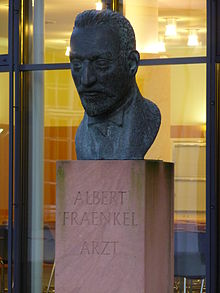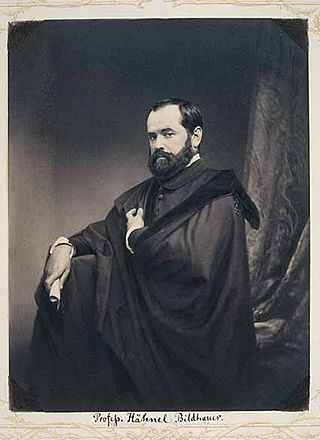
Ernst Julius Hähnel was a German sculptor and Professor at the Dresden Academy of Fine Arts.

Staatliche Kunstsammlungen Dresden is a cultural institution in Dresden, Germany, owned by the State of Saxony. It is one of the most renowned and oldest museum institutions in the world, originating from the collections of the Saxon electors in the 16th century.
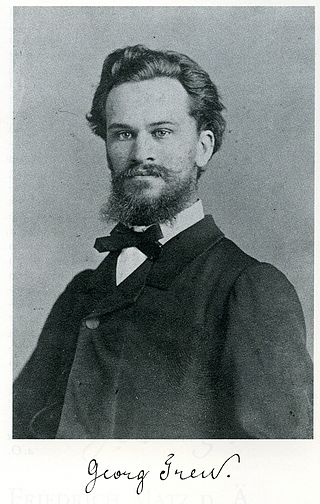
Georg Treu was a Classical archaeologist and curator of the sculpture collection at the Albertinum.
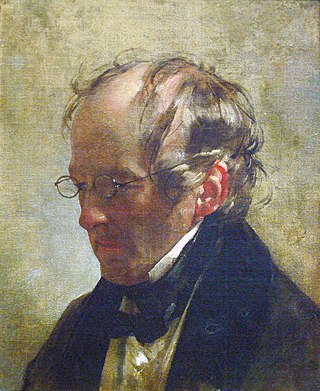
Carl Christian Vogel von Vogelstein, born Vogel, was a German painter.
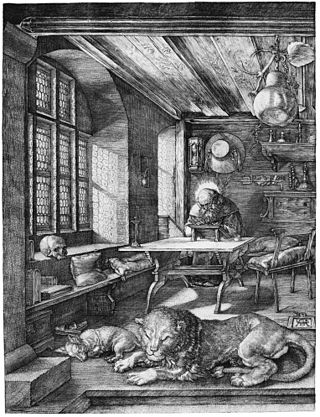
The Kupferstich-Kabinett is part of the Staatliche Kunstsammlungen of Dresden, Germany. Since 2004 it has been located in Dresden Castle.

The Dresden Porcelain Collection is part of the Staatliche Kunstsammlungen of Dresden, Germany. It is located in the Zwinger Palace.
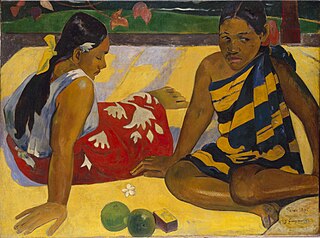
The Galerie Neue Meister in Dresden, Germany, displays around 300 paintings from the 19th century until today, including works from Otto Dix, Edgar Degas, Vincent van Gogh and Claude Monet. The gallery also exhibits a number of sculptures from the Dresden Sculpture Collection from the same period. The museum's collection grew out of the Old Masters Gallery, for which contemporary works were increasingly purchased after 1843.
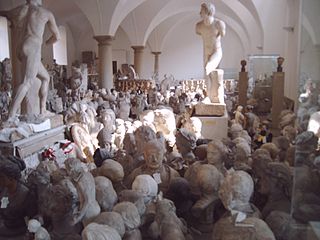
The Skulpturensammlung is part of the Staatliche Kunstsammlungen Dresden. It is located in the Albertinum in Dresden.

The Semper Gallery or Semper Building in Dresden, Germany, was designed by the architect Gottfried Semper and constructed from 1847 until 1854.

Wilhelm Lachnit was a German painter who was primarily active in Dresden.

Roderich Kreile is a Lutheran church musician, choir director and university teacher. Since 1997, he has been the director of the Dresdner Kreuzchor at the Kreuzkirche, Dresden, as the 28th Kreuzkantor since the Reformation.
Max Uhlig is a German painter. He won the Hans Theo Richter-Preis of the Sächsische Akademie der Künste in 1998.
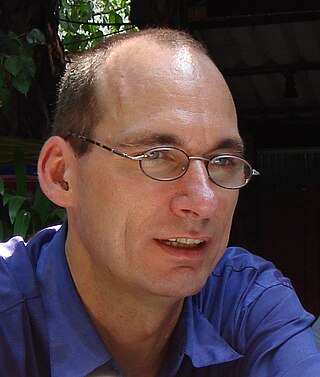
Thomas Reichstein is a German sculptor.

Will Grohmann was a German art critic and art historian specialized in German Expressionism and abstract art. He was known as the "godfather of modernism".

Evelyn Richter was a German art photographer known primarily for social documentary photography work in East Germany. She is notable for her black & white photography in which she documented working-class life, and which often showed influences of Dadaism and futurism. Her photography is focused on people in everyday life, including children, workers, artists and musicians.
Enrico Scotta is an Italian painter and sculptor. He has worked and exhibited in Italy, Germany, and Brazil.

Dresden-Strehlen is a railway station located in the district of Strehlen in Dresden. Opening in 1903, the station serves Dresden S-Bahn and DB Regio Südost trains along with public transport from Dresdner Verkehrsbetriebe (DVB).
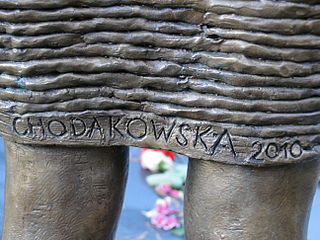
Małgorzata Chodakowska is a Polish-born sculptor. She moved to Dresden in south-eastern Germany in 1991. Chodakowska and her husband have made their home in the countryside on the edge of Dresden since 1995: she has held German citizenship since 2018. She returns frequently to her "Stammfrauen" sculptures of women, generally naked and carved in wood, and has also produced figures for fountains and competition pieces. A striking if slightly unconventional outdoor exhibition area for many of her pieces is provided by the small vineyard on the edge of Dresden where she lives with her husband,.
Matthias Herrmann is a German musicologist and university professor.

Gerd-Helge Vogel is a German art historian.



